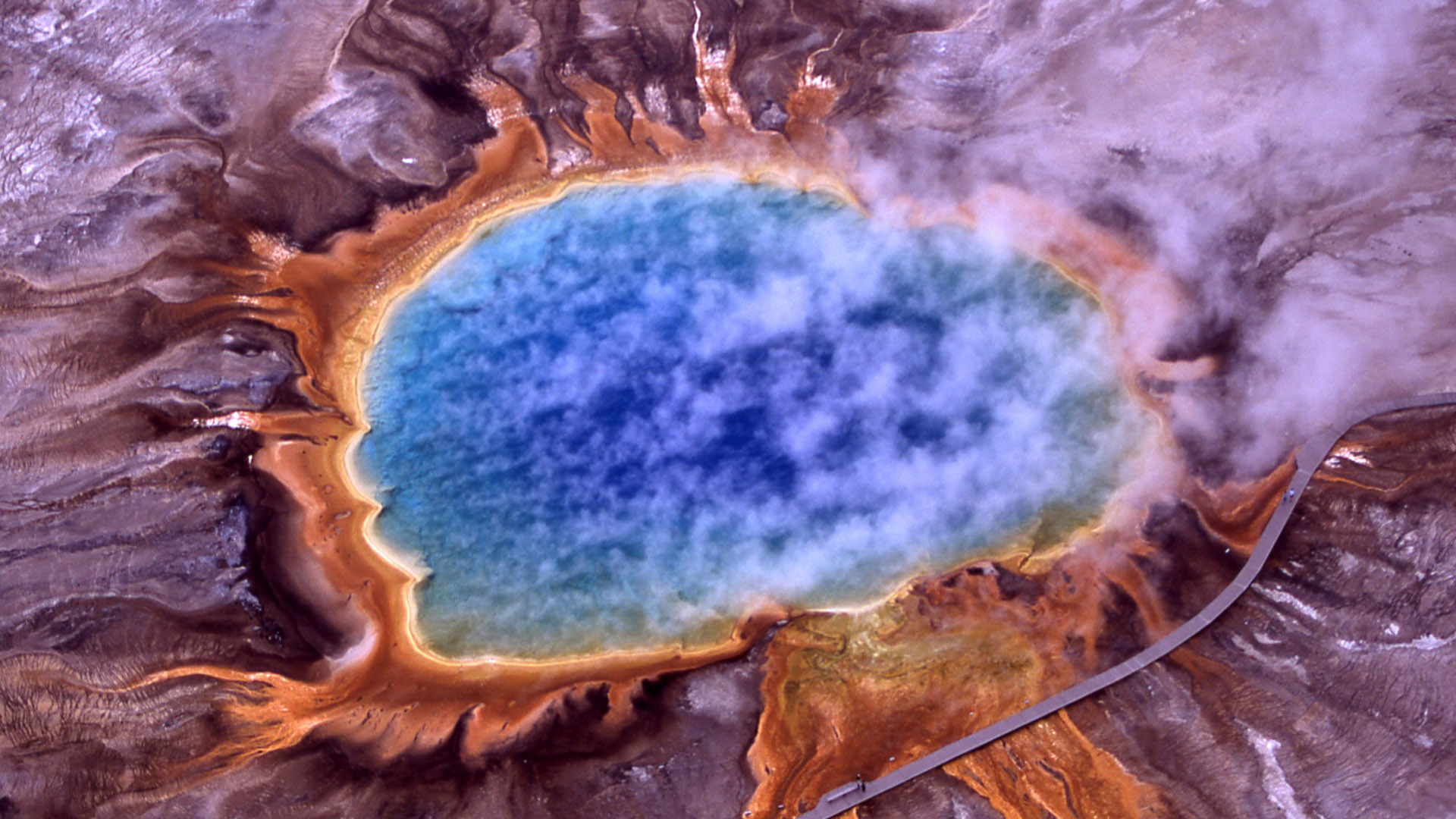
A Sustainable Way to Heat and Cool Your Home or Business
Geothermal heat pumps (GHPs) are a highly efficient and sustainable way to heat and cool homes and buildings.
Unlike traditional heating and cooling systems, which burn fossil fuels or use electricity to produce hot or cold air, GHPs use the earth’s constant temperature to provide a steady stream of energy for your home.
How Geothermal Heat Pumps Work
GHPs work by harnessing the heat stored in the earth, which remains at a relatively constant temperature year-round, even in areas with extreme temperatures above ground. The system consists of three main components: the heat exchanger, the heat pump unit, and the ductwork or radiant heating system.
The heat exchanger, also known as the ground loop, is buried underground and absorbs heat from the earth. This can be done through a horizontal loop, which is installed in trenches that are 6-8 feet deep, or a vertical loop, which is installed in boreholes that are 100-400 feet deep. A third option is a pond loop, which is submerged in a body of water on the property.
The heat pump unit then extracts the heat from the fluid in the ground loop and compresses it to a higher temperature. This heat is then used to warm the air that is circulated throughout the house via ductwork or to heat water for radiant heating systems. In the summer, the process is reversed, and the GHP uses the cool temperature of the earth to cool the home.
Benefits of Geothermal Heat Pumps
There are many benefits to using GHPs to heat and cool your home. First and foremost, they are highly efficient, using up to 50% less energy than traditional heating and cooling systems. This not only saves you money on your energy bills but also reduces your carbon footprint and helps to mitigate climate change.
Another benefit of GHPs is their long lifespan. Unlike traditional heating and cooling systems, which typically last 10-15 years, GHPs can last up to 25 years for the heat pump unit and up to 50 years for the ground loop. This means that you will save money on replacements and repairs over time.
GHPs are also highly versatile and can be used in a variety of settings, including residential homes, commercial buildings, and even industrial applications. They can be installed in both new construction and existing buildings, making them a viable option for retrofitting older homes and buildings.
Finally, GHPs provide a comfortable and consistent source of heating and cooling. Unlike traditional heating and cooling systems, which can produce hot or cold spots in your home, GHPs provide a steady stream of air that is consistent throughout the house.
Conclusion
If you are looking for a sustainable and efficient way to heat and cool your home, a geothermal heat pump may be the right choice for you. With their high efficiency, long lifespan, and versatility, GHPs are a smart investment that can save you money on your energy bills and reduce your carbon footprint. Contact a qualified installer today to learn more about how a GHP can work for your home or building.
